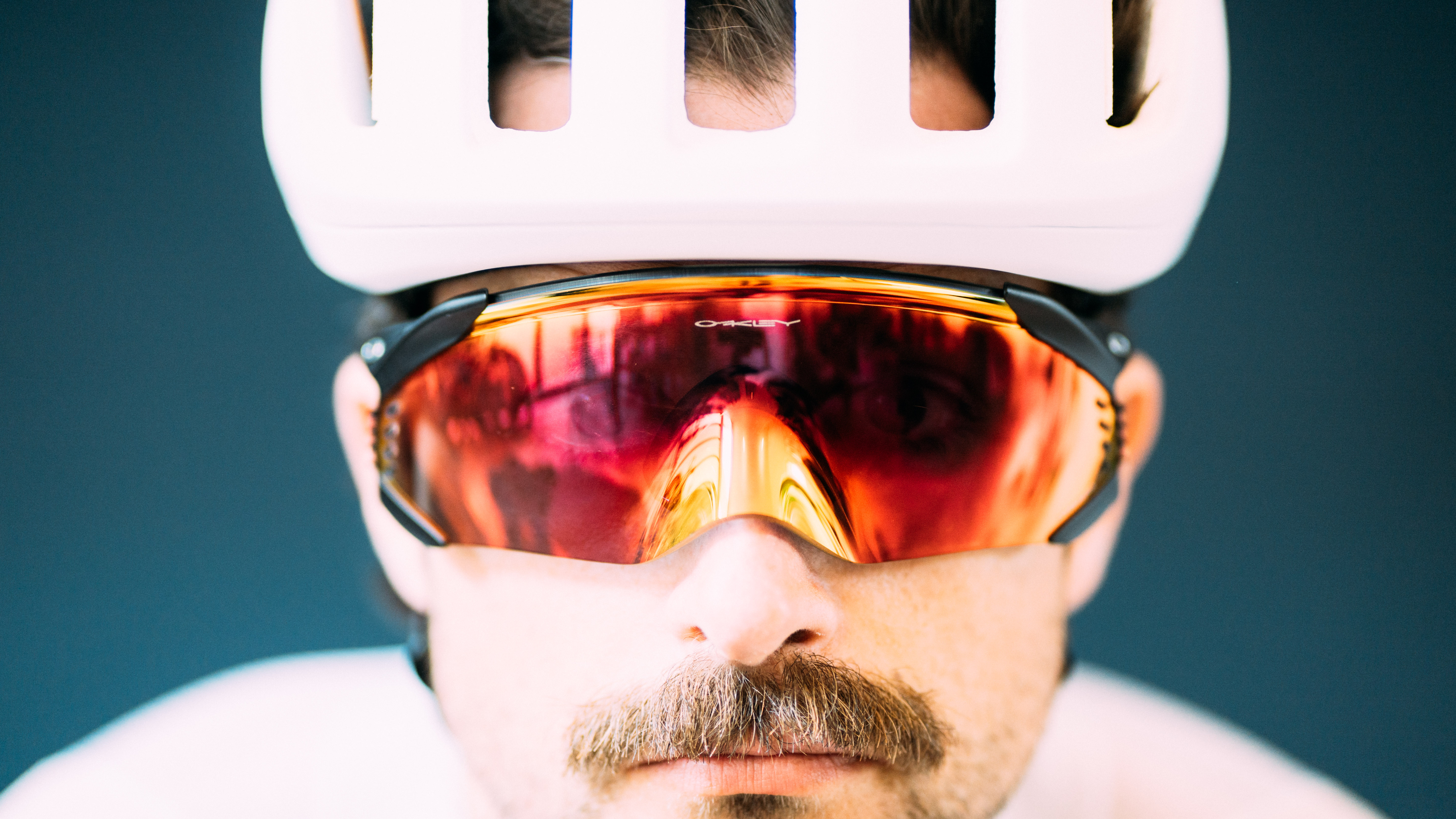Cyclingnews Verdict
If you want the ultimate performance cycling glasses, then the Oakley Kato Velo is probably them, but they're expensive and quite annoying to live with in some respects. Plus, they look absolutely wild.
Pros
- +
Unparalleled field of view
- +
Incredible Prizm Road lens
- +
Basically impervious to wind
Cons
- -
High RRP
- -
Arms don't fold away
- -
Aesthetic is quite wild
You can trust Cyclingnews
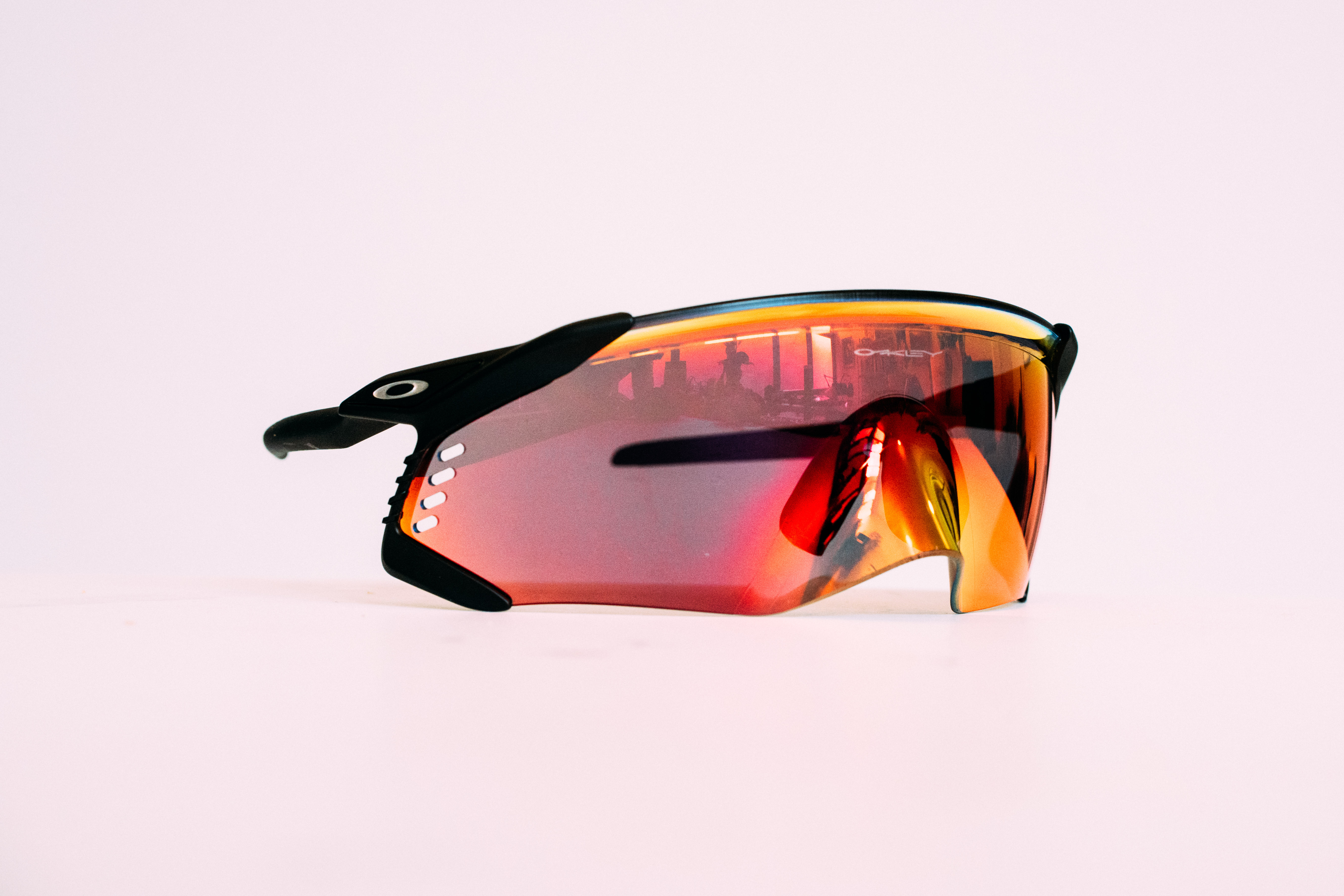
Price: £271/€304/$328
Weight: 41g/1.4oz
Lens options: Prizm Road, Prizm Low Light, Prizm Sapphire, Prizm 24k, Prizm Trail Torch, Prizm Black
Cycling is, aesthetically speaking, a silly sport. It’s certainly improved in recent years with the advent of several aesthetic forward brands like Maap and Pas Normal Studios, but if we’re all honest with ourselves, taken out of context, no cyclist looks anything other than a bit daft. The clothing has got tighter, the bikes have morphed into angular starships, and the best cycling glasses have got bigger and bigger and bigger.
This all sort of kicked off with the Oakley Jawbreaker, but since then, the Oakley Sutro has usurped it as The Big One. Then came the Oakley Kato, dispensing with size for a heavily wrapped lens that shrouded the nose. I didn’t massively like the original Kato, not for any aesthetic reasons really, just that it didn’t do a great job of shielding my eyes from the wind.
Now, Oakley has released a new version of the Kato, the Velo Kato, which takes the heavy wrap of the original and pairs it with a huge lens. It looks truly insane when worn with anything other than cycling kit, and even with full kit on, it’s quite the vibe. How are they to wear, though? Excellent, but they aren’t without their drawbacks.
If you are an Oakley fan (as many of you seem to be), then I've also pulled together a full range overview of all the Oakley cycling glasses.
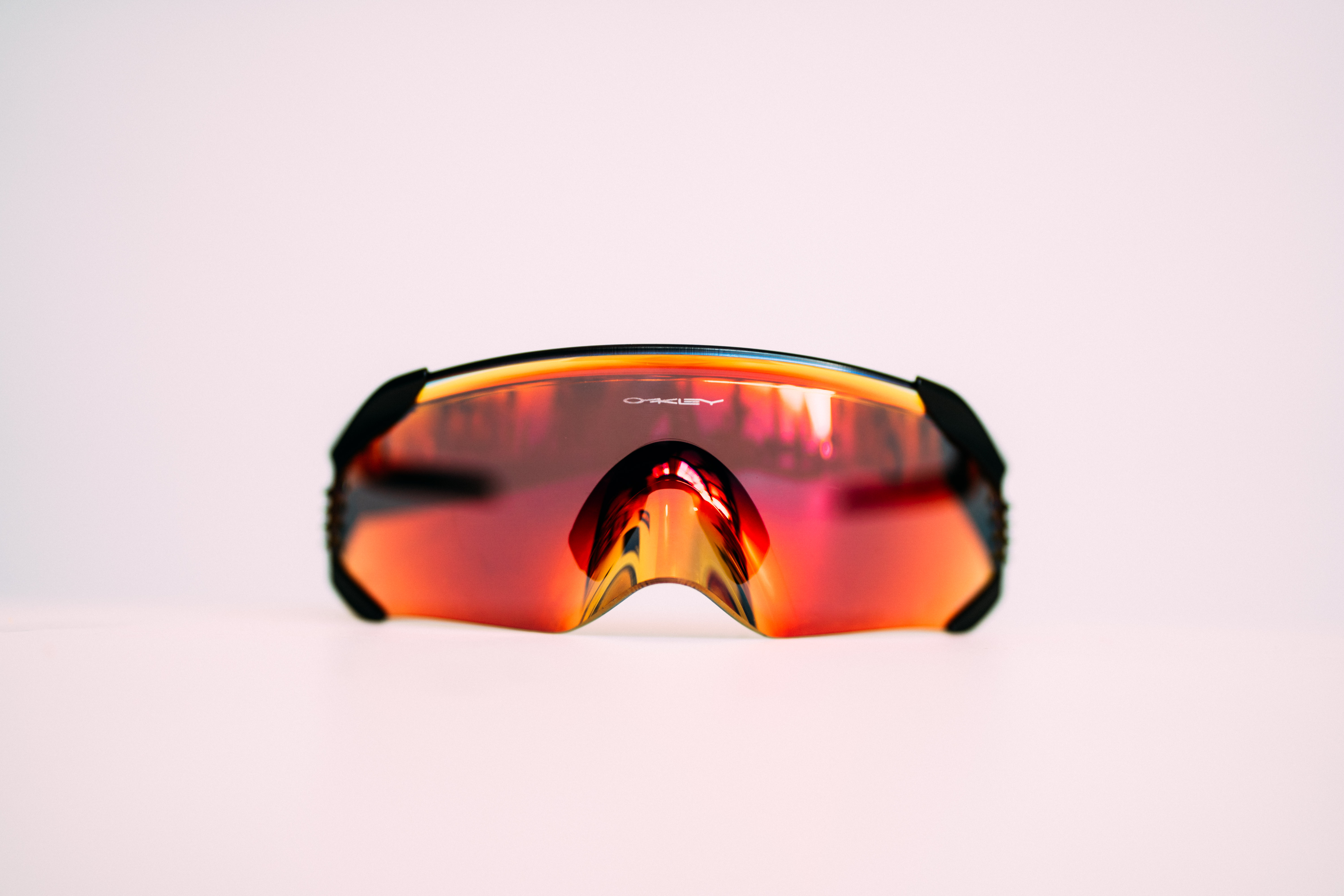

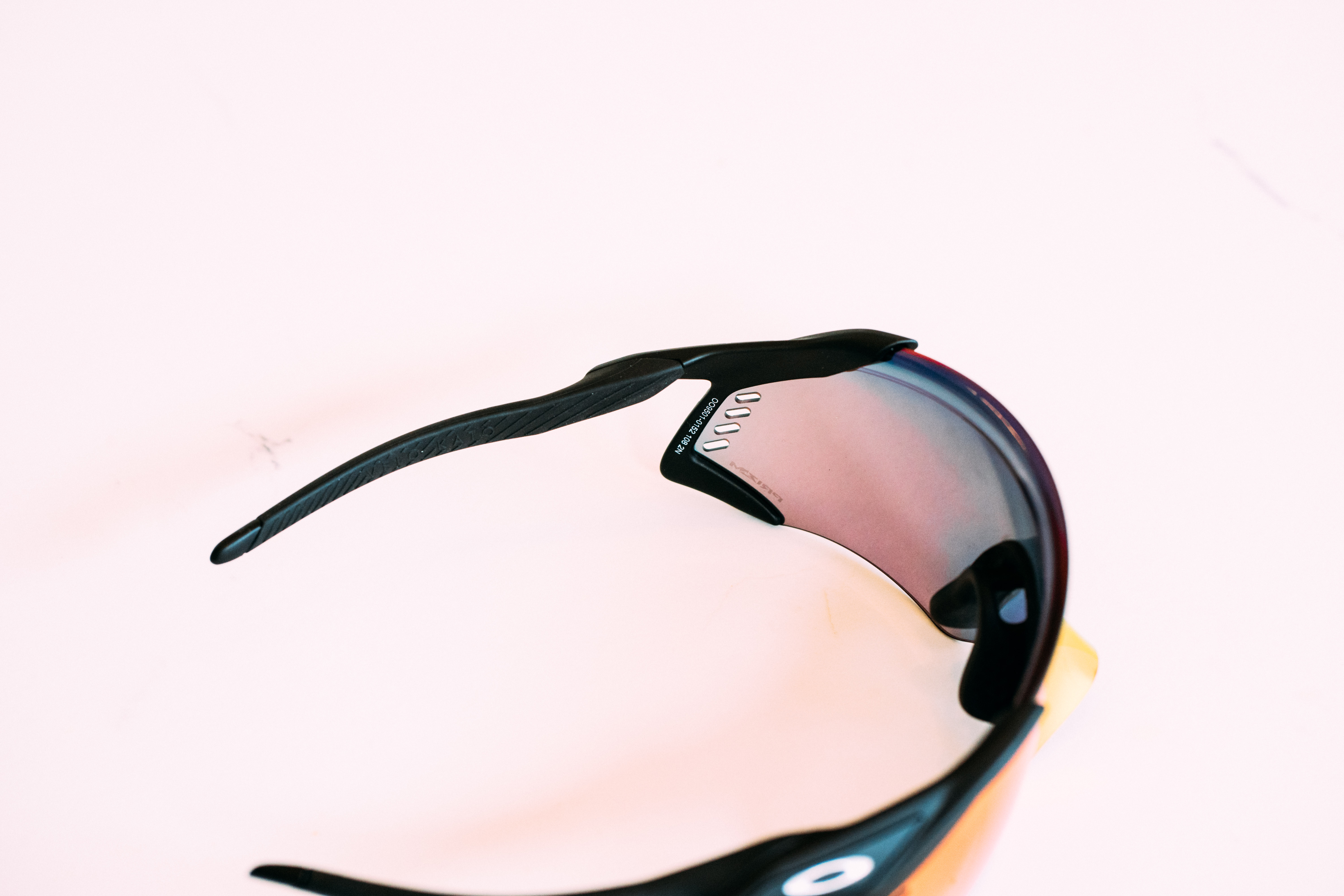
Design and aesthetics
The Oakley Velo Kato surfaced on some Oakley rumour sites last year, originally subbed the 'Flex Scape', though the concept at the time was a set of glasses that could be run with either a set of solid arms as you see here, or an elastic strap for snow sports. Given the size of the lens, it’s not hard to trace the lineage back to Oakley’s ski goggles, but I guess the theory here was to produce something that provided maximal coverage, but still allowed ventilation for the likes of cross-country skiers.
In any case, the thing that’s probably struck you about the Velo Kato is the size. While the lens isn’t necessarily the tallest, it’s the combination of a relatively large height and a huge wrap that gives it such a goggle-esque appearance. Yes, the POC Devour has a larger frontal area, but they at least just look like big sunglasses, whereas the Velo Kato is more akin to a visor with arms.
The arms, incidentally, don’t fold away. This is annoying, there’s no other way to describe it. They are, however, completely shrouded from temple to just before the tip in grippy Oakley Unobtanium rubber, Oakley’s proprietary stuff that gets more tacky in the wet, allegedly.
The latest race content, interviews, features, reviews and expert buying guides, direct to your inbox!
Like the OG Kato, the lens covers the nose. I’m used to the aesthetic now and actually think that aspect of them looks quite cool, but in this case, the glasses sit further out from the nose, using the same pad as the Oakley Encoders, one of my all-time favourite pairs of cycling glasses. While the Kato lens used to touch the bridge of my nose I had no such issues here, and it means there’s no fiddly system for adjusting the lens angle.
Up top, you have the same brow crease on the frameless lens to add stiffness, as is the case with the Kato and the Encoder. It works well in all three cases to maintain a degree of rigidity and help retention.
The very peripheries of the lens have a series of vents - four lozenge shaped slits, followed by a corresponding set of fins where the arms attach. Oakley being Oakley, I suspect these are as much an aesthetic touch as they are anything aero.

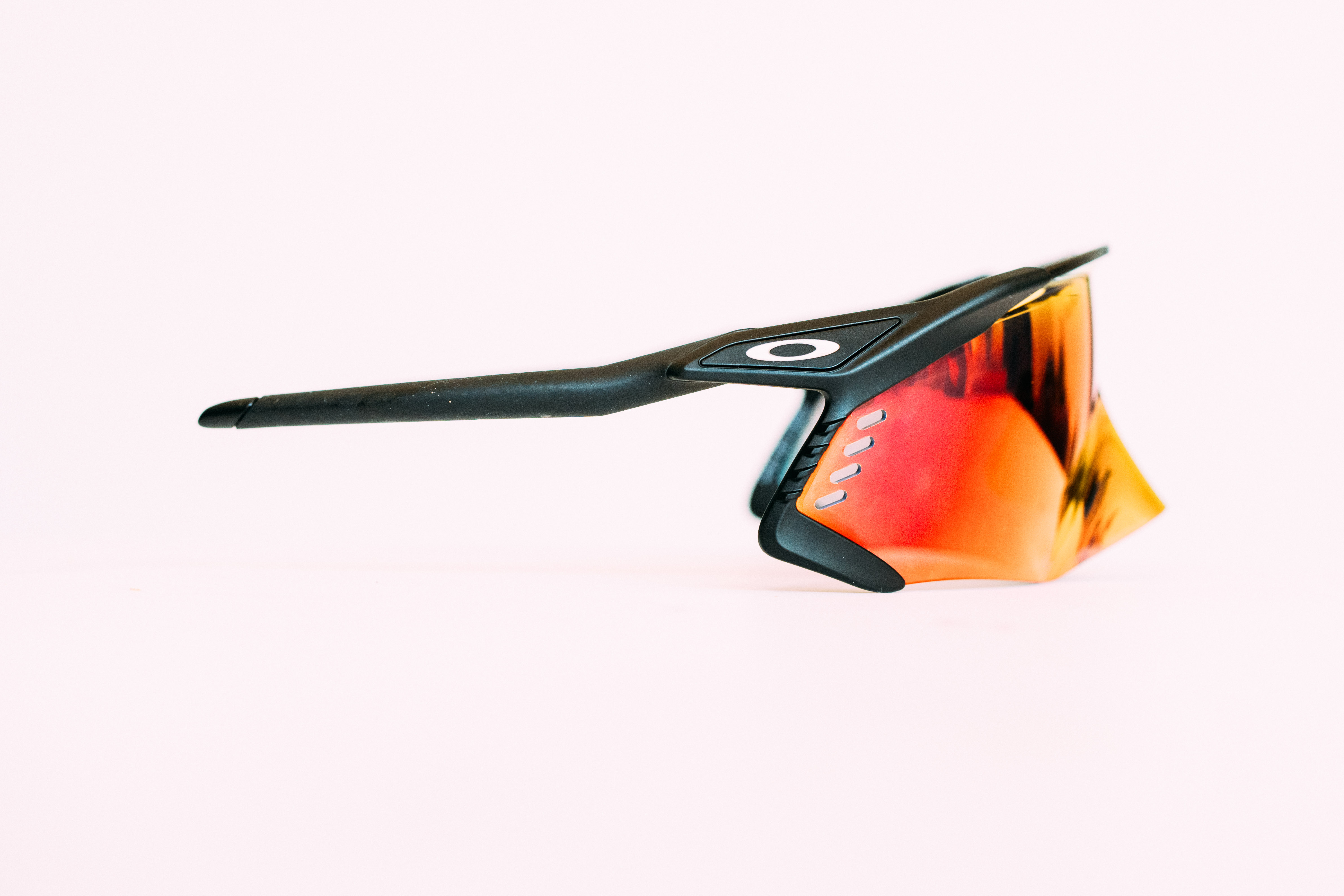
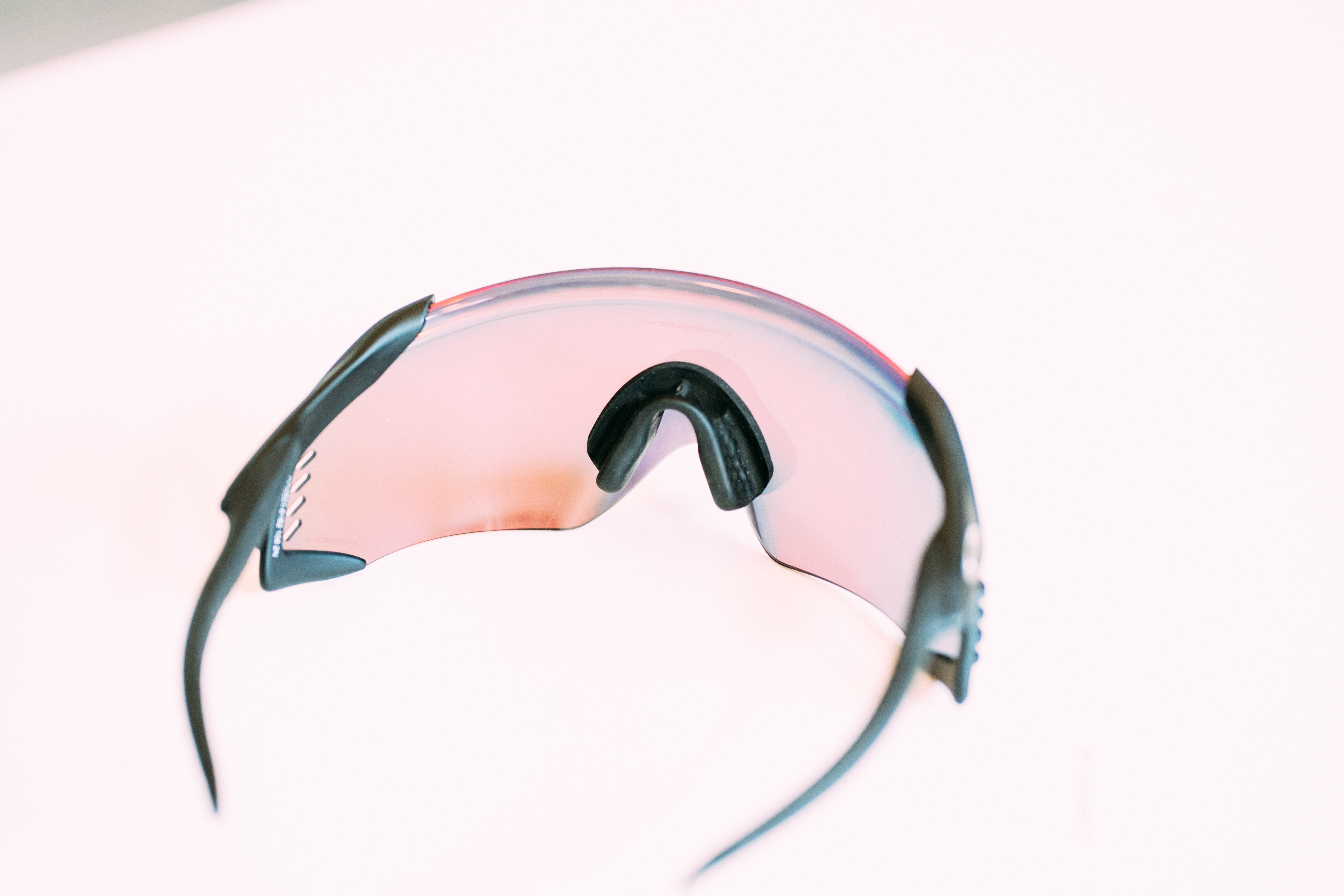
Performance
Having used somewhere north of 50 pairs of cycling glasses at this point, I can confidently say that from a pure performance standpoint, the Oakley Velo Kato stands above the rest as the best on the market. In much the same way as aero bikes are becoming so race-specific, these really are a performance-oriented pair of cycling glasses.
The field of vision is second to none. The heavy wrap mirrors the old Kato, meaning you get peerless peripheral vision. You really have to strain your eyes to even get a glimpse of the frame, such as it exists at the attachment point of the lens, and combined with the height both above and below the nose means it’s as close as you can get to never really seeing the edge of the lens.
The height above the nose is about the same as the Encoders, meaning I found that, unlike most mega lens glasses the Velo Kato actually doesn’t foul on the brow of my helmets, and I have a relatively small head. They are deeper below the nose than the encoders, though, so somehow even better for more upright riding too, like XC MTB.
The original Kato for me really struggled in the wind, but here the extra size means you are utterly shrouded. Even on near-freezing descents, there were no watery eyes. The only thing that will maybe perturb your vision is the nose pad, which is the same as the Encoder. It never bothered me while riding at all, though, and moreover while the Kato suffered a little with lens distortion around the continuous nose, the larger nose pad here effectively shields the heavily curved portions of the lens, meaning there’s zero distortion anywhere.
Comfort and retention are also up there with the best. I wore them for a full 200km day and never once had to take them off or readjust, which is about as good as you can ask for.
The lens, the Prizm Road in this case, is as good as road cycling lenses get. Good for midday sun down to twilight, which is handy as you can’t swap the lens at all.
Not being able to fold the arms away is a real annoyance, though. I travelled with them to Belgium for the Classics, and they just sort of had to go in my bag loose. Be prepared to just leave them in your helmet full time for storage, or on a surface somewhere. The arms have some flex, but the lack of hinges means getting them into a helmet is also a little trickier. Ultimately, they’re a pair that are best kept on your face.

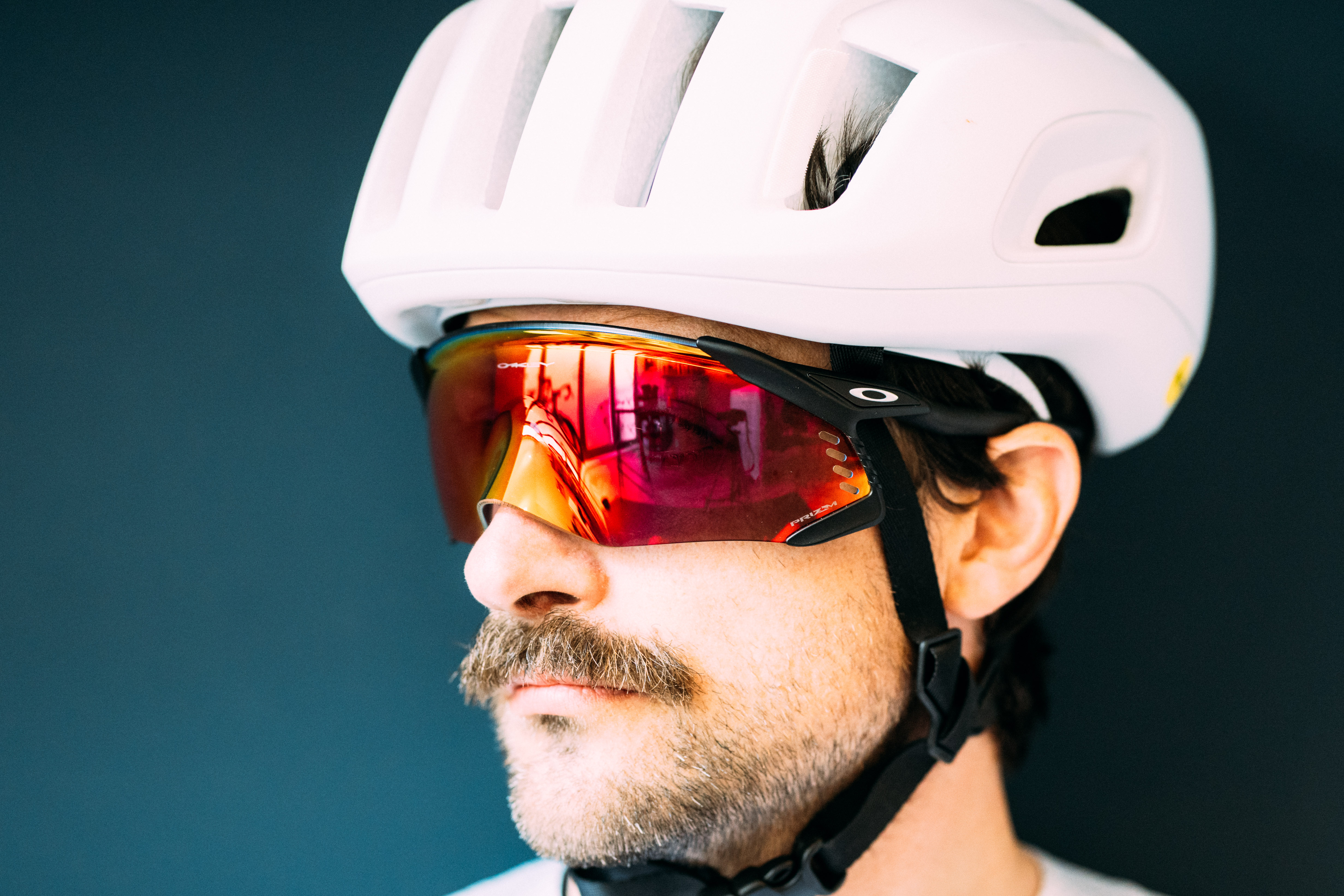
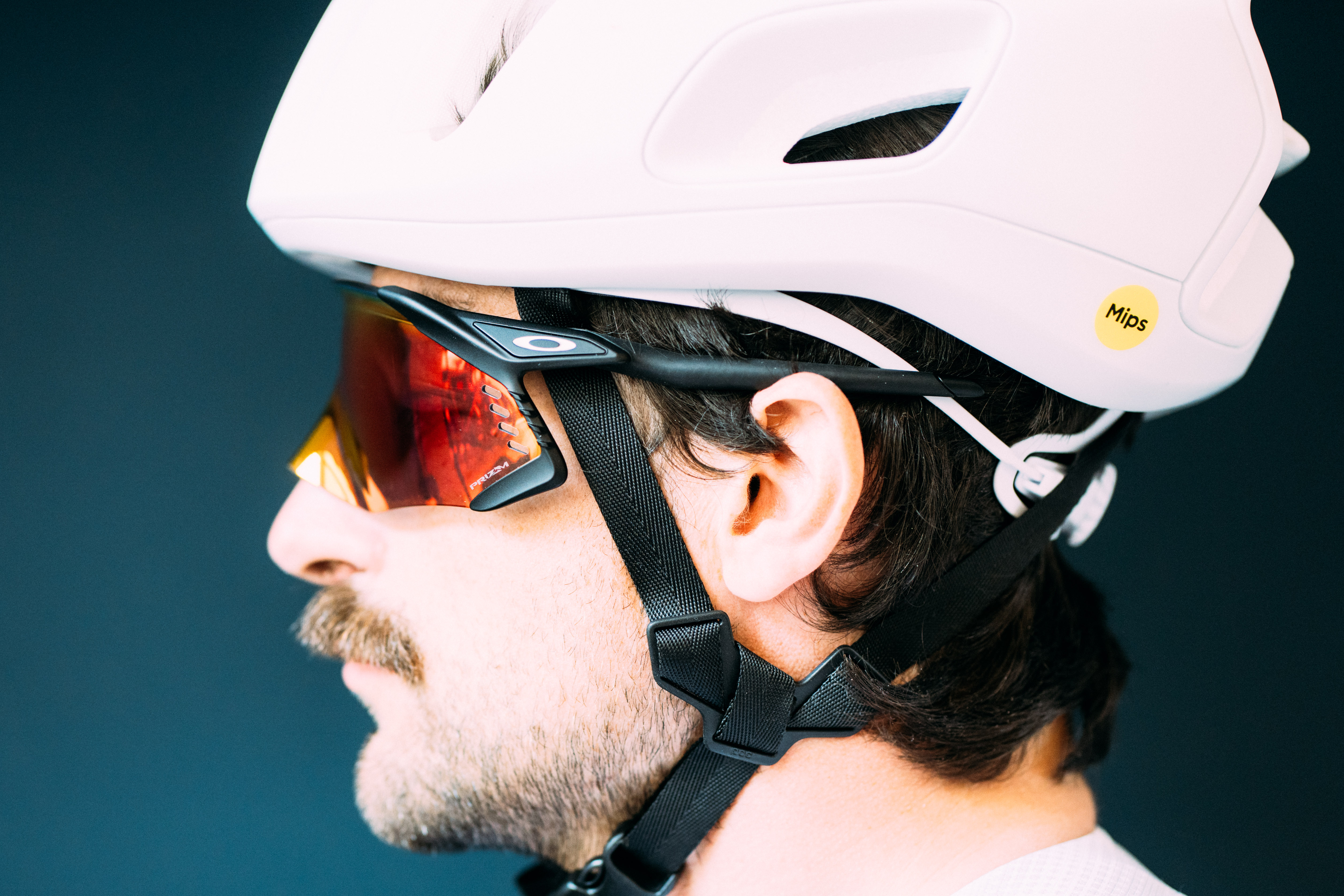
Value
With an RRP of £271/€304/$328, the Oakley Velo Kato is a premium set of cycling glasses, and are more expensive than even other top-end Oakley glasses. You are getting better performance for the additional price, but whether that’s worth it or not I’m not sure. Yes, the optical performance is second to none, but they look quite daft for the generalist and are quite frustrating to live with.
For racers I can see the appeal, and for events like longer triathlons in hot climates where you don’t want to use a helmet visor I can also see the benefit, but for the average cyclist, even the average performance cyclist, I’m not convinced the juice is worth the squeeze given how good the likes of the Oakley Encoder and Oakley Sutro already are.

Verdict
The Oakley Velo Kato really is a set of cycling glasses for the performance focussed only (racers, basically). While they’re truly exemplary in terms of performance, they’re quite annoying to live with for day-to-day use, and they look too outlandish to be used as general sunglasses in the same way something like an Encoder or a Sutro can.
Combined with a high RRP they exist for those that need the best of the best on race day, but for everyone else, I’d probably say you’d be better off buying a more established model from the Oakley lineup if you must have something from The Big O.
| Attributes | Notes | Rating |
|---|---|---|
| Design and aesthetics | It's a challenging look, and the fact you can't fold them away is annoying, but some may appreciate the megalens look. | 7/10 |
| Field of vision | Completely unmatched when compared to everything else on the market. | 10/10 |
| Lens performance | A Prizm Road lens this big and this good is basically impossible to beat. | 10/10 |
| Comfort and retention | They stay put, and are really very comfortable when on the face. | 10/10 |
| Value for money | They are really quite expensive, and difficult to live with, plus you don't get a spare lens either. | 7/10 |
| Overall rating | Row 5 - Cell 1 | 88% |

Will joined the Cyclingnews team as a reviews writer in 2022, having previously written for Cyclist, BikeRadar and Advntr. He’s tried his hand at most cycling disciplines, from the standard mix of road, gravel, and mountain bike, to the more unusual like bike polo and tracklocross. He’s made his own bike frames, covered tech news from the biggest races on the planet, and published countless premium galleries thanks to his excellent photographic eye. Also, given he doesn’t ever ride indoors he’s become a real expert on foul-weather riding gear. His collection of bikes is a real smorgasbord, with everything from vintage-style steel tourers through to superlight flat bar hill climb machines.
You must confirm your public display name before commenting
Please logout and then login again, you will then be prompted to enter your display name.
